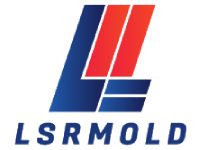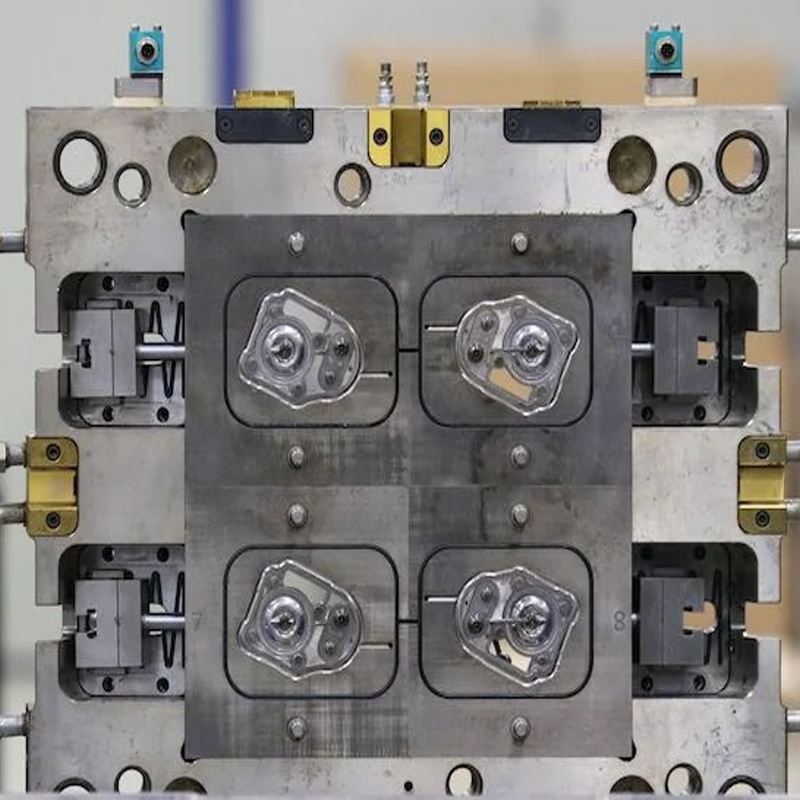While casting and molding both shape raw materials into functional parts, their methodologies, material compatibilities, and industrial applications diverge significantly. Here’s a breakdown:
-
Molding: Precision in High-Volume Production
Molding involves forming materials—typically polymers, composites, or softened metals—within a pre-engineered cavity. This process excels in creating lightweight, intricate components with tight tolerances, making it a staple in industries like automotive, aerospace, and consumer goods.
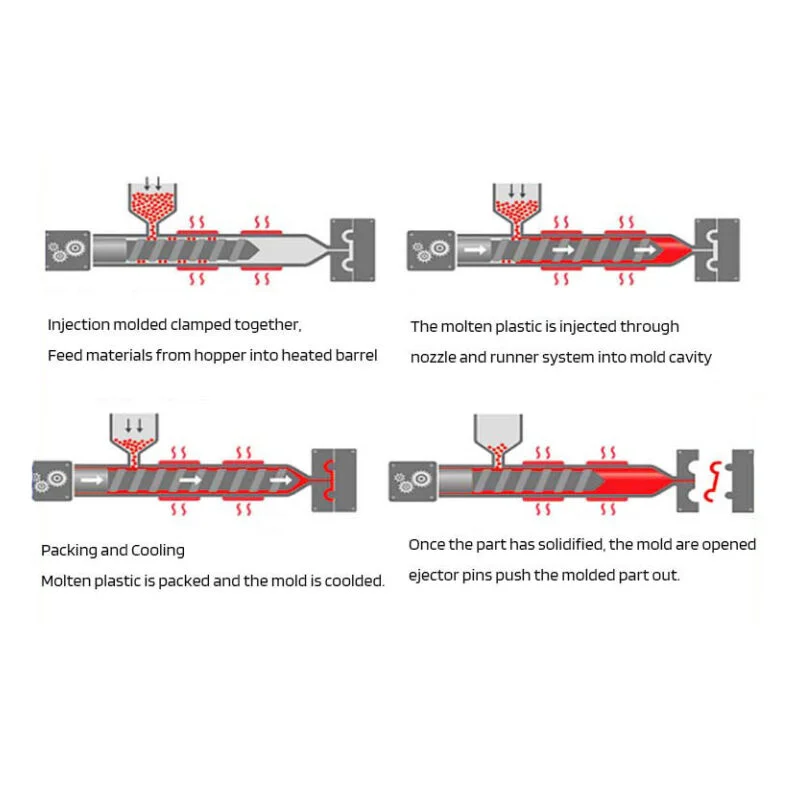
Key Molding Processes:
Injection Molding: Forces molten plastic into steel molds under extreme pressure (up to 30,000 psi). Ideal for high-volume production of complex parts like gears, housings, and connectors.
Blow Molding: Shapes hollow products (e.g., bottles, fuel tanks) by inflating heated plastic parisons against mold walls.
Rotational Molding: Distributes powdered polymers evenly within rotating molds to create seamless, stress-free containers.
Compression Molding: Compresses preheated thermoset materials (e.g., silicone, rubber) into molds for heat-resistant components.
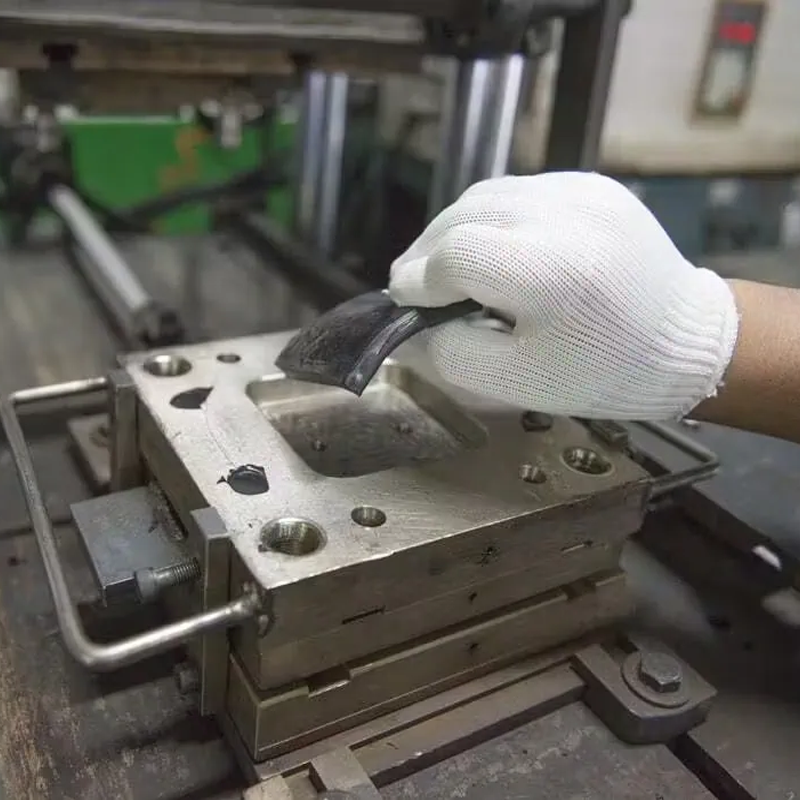
Why Choose Molding?
Speed: Cycle times as short as 15–30 seconds for small parts.
Repeatability: Achieves ±0.001-inch tolerances with multi-cavity molds.
Material Efficiency: Minimal waste with advanced hot-runner systems.
At LSRmold, our 150+ injection presses and proprietary tooling solutions ensure your designs transition seamlessly from prototype to mass production.
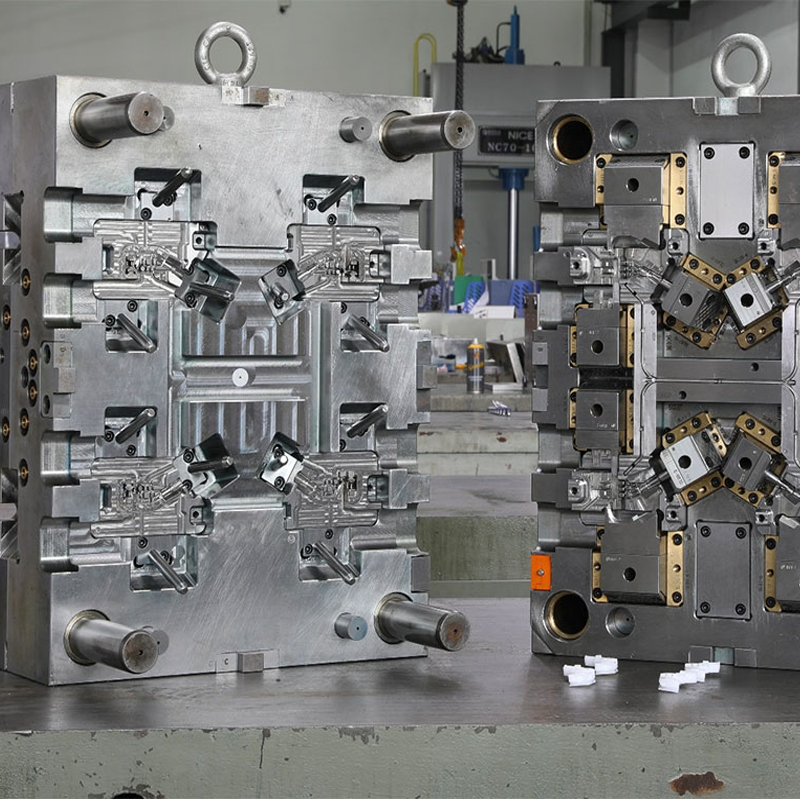
-
Casting: Versatility for Metal Mastery
Casting revolves around pouring molten metals or resins into expendable or reusable molds, enabling the creation of robust, geometrically complex parts that are challenging to machine. It’s the go-to method for heavy-duty components in industries like energy, construction, and industrial machinery.
Key Casting Processes:
Die Casting: Injects molten aluminum or zinc into hardened steel dies at 100–200 MPa. Perfect for thin-walled, high-strength parts like engine brackets.
Investment Casting (Lost-Wax): Produces ultra-detailed aerospace turbine blades with ceramic shell molds.

Sand Casting: Uses bonded sand molds for low-cost prototyping of large iron or steel components.
Urethane Casting: Casts polyurethane resins in silicone molds for rapid, low-volume functional prototypes.
Why Choose Casting?
Material Diversity: Handles ferrous/non-ferrous metals, ceramics, and epoxies.
Structural Integrity: Eliminates weak points from welding or fastening.
Scalability: From one-off art sculptures to 10,000-unit batches.
LSRmold’s ISO-certified foundry combines vacuum-assisted casting with CNC-machined molds to deliver near-net-shape components with Ra 32–125 µin surface finishes.
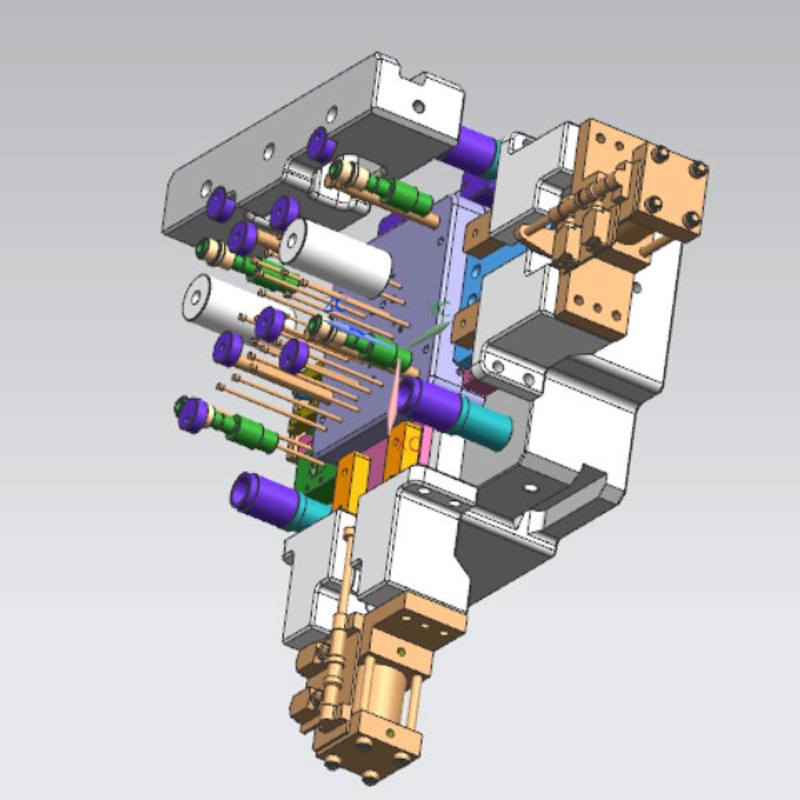
Head-to-Head Comparison: Molding vs. Casting
| Factor | Molding | Casting |
| Primary Materials | Thermoplastics, elastomers, composites | Metals (Al, Zn, Mg), thermosets, resins |
| Tolerances | ±0.001–0.005 in (injection molding) | ±0.010–0.030 in (die casting) |
| Tooling Costs | High (10k–10k–100k+ for hardened steel molds) | Moderate (5k–5k–50k for aluminum/sand molds) |
| Lead Time | 4–12 weeks (complex molds) | 2–8 weeks (depending on mold type) |
| Production Volume | 1,000–1M+ units | 1–50,000 units |
| Surface Finish | SPI A1 (mirror-like) achievable | May require secondary machining/polishing |
Strategic Considerations for Manufacturers
Material Constraints:
Opt for molding if working with engineering-grade plastics (PEEK, Ultem) or requiring UL94 flammability ratings.
Choose casting for high-strength aluminum alloys (A380, A413) or wear-resistant ductile iron.
Cost-Benefit Analysis:
Molding’s high initial tooling costs amortize rapidly in mass production (0.10–0.10–5 per part).
Casting suits lower volumes but incurs higher per-unit labor for post-processing (grinding, heat treatment).
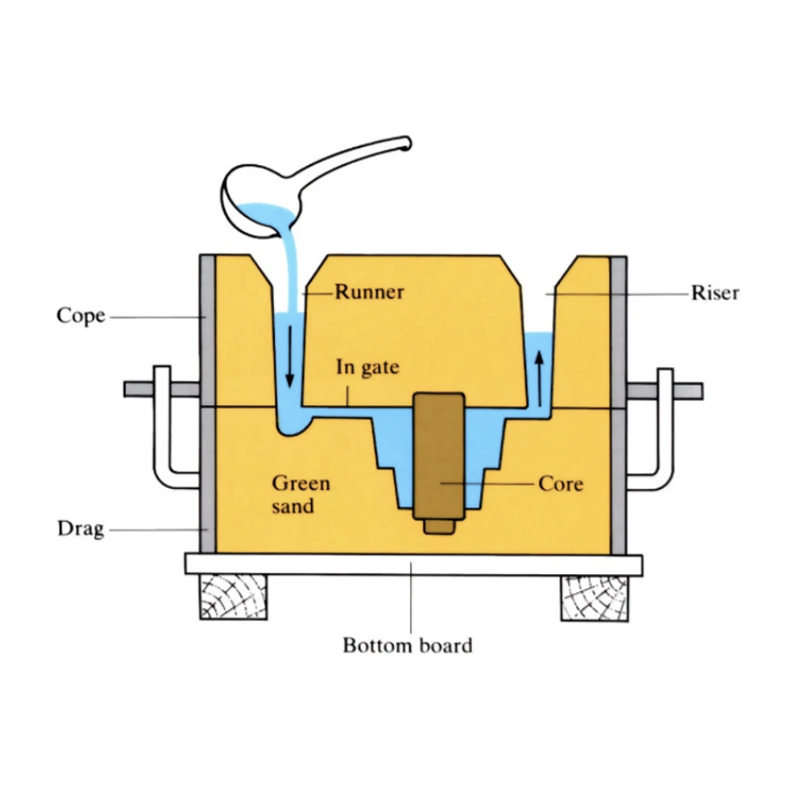
Design Complexity:
Molding handles undercuts, living hinges, and micro-features down to 0.2 mm.
Casting accommodates internal channels and variable wall thicknesses impractical for CNC machining.
Sustainability:
Molding generates 1–5% scrap (recyclable via regrinding).
Casting’s sand molds are 90% reclaimable, while aluminum boasts infinite recyclability.
LSRmold’s Expertise: Bridging Both Worlds
With 20+ years of cross-industry experience, LSRmold offers end-to-end solutions tailored to your project’s unique demands:
Prototyping: Combine urethane casting (2-week lead time) with 3D-printed molds for functional testing.
Bridge Tooling: Aluminum molds for 500–5,000 units before committing to production steel molds.
Full-Scale Production: Robotic sprue pickers, inline CMM inspection, and IMMold® software for real-time process control.
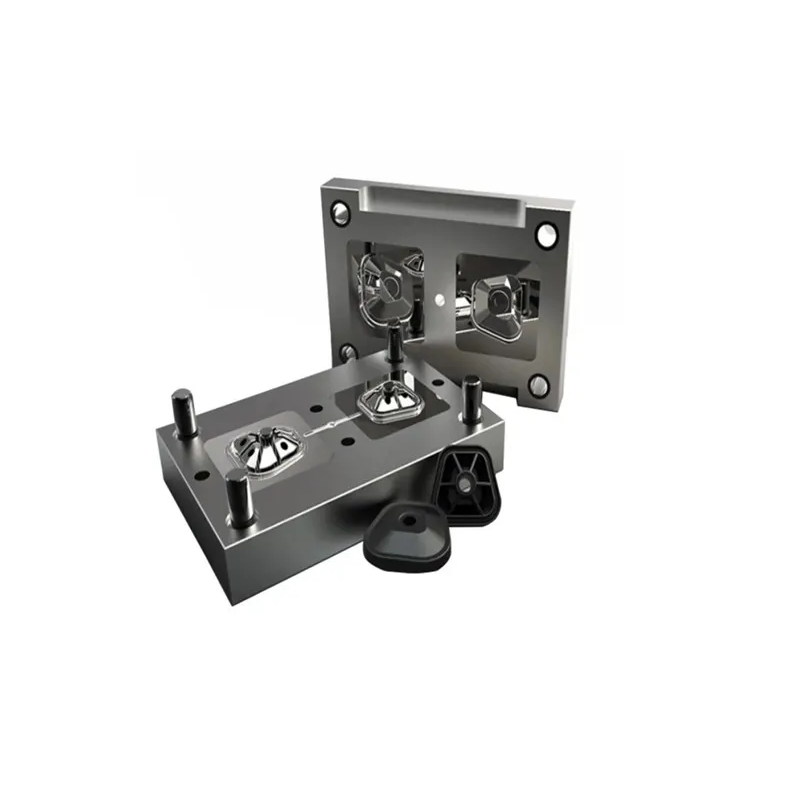
Real-World Applications:
Medical: Silicone-overmolded biopsy grips (Class VI biocompatibility).
Automotive: Die-cast EV battery housings with integrated cooling channels.
Consumer: Multi-material toothbrush handles via 2K injection molding.
Your Turn to Decide!
So, which path will your project take? Are you prioritizing the blistering speed of injection molding for a consumer gadget? Or does your heavy machinery component demand the metallurgical prowess of aluminum casting?
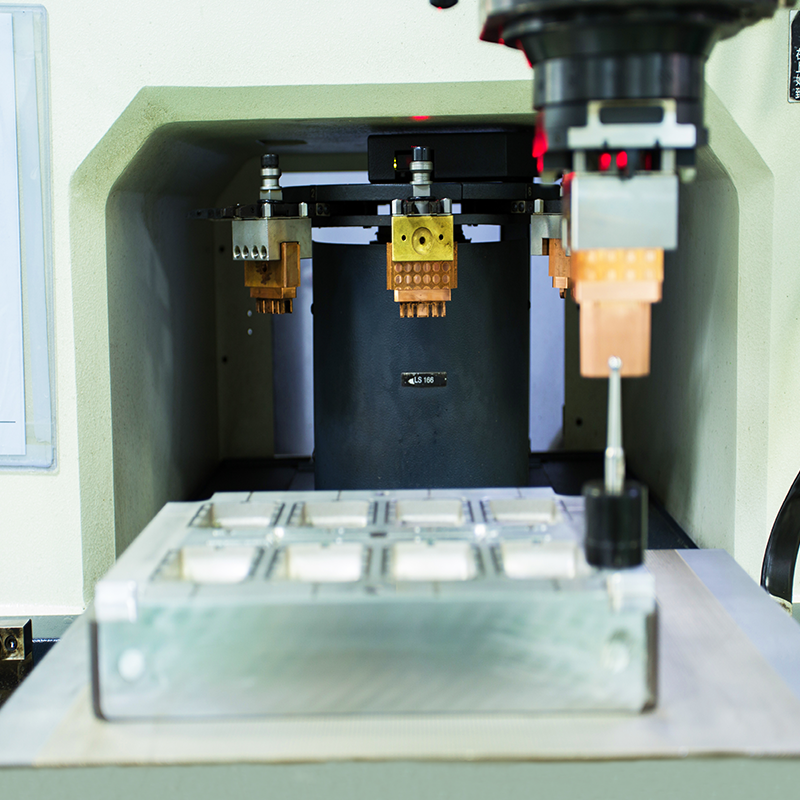
At LSRmold, we’re not just suppliers—we’re your manufacturing partners. Share your CAD files, material specs, and target KPIs with our engineering team. Within 48 hours, we’ll provide a DFM analysis, cost breakdown, and process roadmap tailored to your needs.
